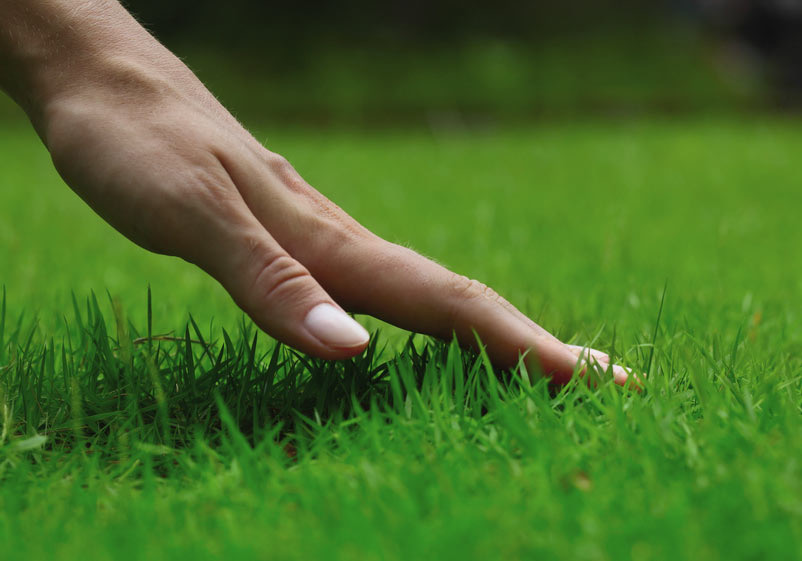Grass can grow in the winter provided the conditions are right. The average minimum temperature required for grass growth and seed germination is between 46-50 degrees Fahrenheit, and some species can grow in temperatures as low as 40 degrees Fahrenheit. In Utah, it’s most likely to grow in small patches that have been warmed by sunlight reflected from a nearby metal building. Otherwise, it will remain mostly dormant throughout the season.
The Last Cut
Even though it isn’t likely to grow, that doesn’t mean you should shirk your residential lawn care responsibilities. When you mow for the last time in the autumn, make sure not to mow after wet weather. Most professional landscapers advise this year-round, but it’s especially true for winter maintenance. It’ll damage the roots, gouge the grass and cut the grass unevenly. Also, you should leave two-thirds of a blade of grass behind rather than the customary half of a blade. It needs to be longer in the winter because the area of a blade just above the soil is the most vulnerable part of your grass, so it needs the extra shelter of a longer blade.
After the snow falls, you should avoid walking on the grass if it’s covered by a layer of frost. This can crush the blades and damage them all winter, which can lead to a drab lawn in the spring.
Avoiding Mold
Another thing that residential landscapers and commercial landscape management warn against is the risk of snow mold. Snow mold is a constant concern in Utah due to the high levels of snow we receive. It grows while the grass is covered with snow, and it’s recognizable by its pinkish hue. If left untreated, it can kill your lawn.
To avoid this, you should, as we’ve discussed, keep your grass a little longer than usual and avoid putting fall fertilizer down too close to winter. You should also remove all the leaves and debris on your lawn before the first snowfall. Finally, don’t shovel snow from your sidewalk onto the lawn if you can avoid it. This can lead to snow mold and other potential pathogens.
Getting Help From Professional Landscapers
You can get additional advice on taking care of your winter lawn from residential lawn care landscapers in Sandy. They can examine your yard and tell you just what it needs to stay steady during the dormant winter months. They can also show you the best types of grass seeds that are meant to last through our tough Utah winters. If your lawn is damaged, it can take months to get it back to an ideal shape, so you should contact an expert today to figure out how to keep it healthy.

